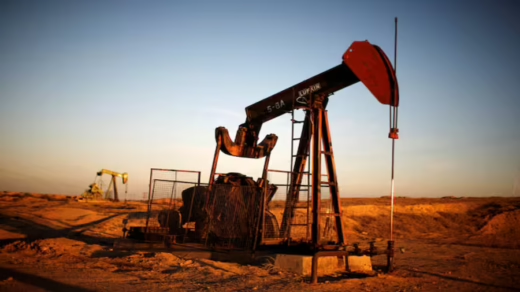
Iran marked a significant milestone in its space exploration when it successfully launched its first satellite into orbit in April 2020. Despite this achievement, the head of the U.S. Space Command dismissed it as nothing more than a “tumbling webcam” with no substantial intelligence-gathering capabilities. In the same year, Iran continued its space aspirations with the launch of the Noor-1 satellite, which ultimately fell back to Earth in the following year. However, in March 2022, Iran achieved another milestone by successfully placing the Noor-2 satellite into orbit. The Iranian Revolutionary Guard Corps (IRGC) continued its streak of successes by launching a third imaging satellite, Noor-3, into orbit on September 27, 2023.
Iran’s Minister for Communication and Information Technology, Issa Zarepour, proudly announced this achievement on social media, confirming the satellite’s successful placement in orbit approximately 280 miles above the Earth’s surface. This launch was conducted by Iran’s paramilitary Revolutionary Guard, led by General Hossein Salami, who hailed it as a significant victory. Salami emphasized that the satellite would play a crucial role in collecting valuable data and images. Subsequently, the United States officially acknowledged the satellite’s orbital placement, obtaining information from the website “space-track.org”.
The United States, along with its European allies, has consistently called on Iran to cease its satellite launches into space, arguing that they violate UN Security Council resolutions. Tehran has rejected these claims, asserting that its satellite launches primarily serve research and agricultural purposes, rather than military objectives. Therefore, they accord with the UN Security Council.
In recent years, Iran’s series of short-lived satellites in orbit have intensified tensions with the United States. These tensions have compounded existing challenges stemming from the 1979-1981 hostage crisis, which were partially mitigated by the 2015 Iran nuclear deal. The deal represented an attempt to rekindle diplomatic relations, with Iran agreeing to limit its nuclear program. However, this pact has faced challenges in recent years, particularly with Iran expressing its willingness to return to the agreement only if the United States eases sanctions. The question now arises: Could the success of Noor-3 potentially rekindle hopes for the revival of this critical deal?
Iran’s achievements in space exploration, exemplified by the launch of Noor-3, demonstrate its determination to advance its technological capabilities. These successes, while celebrated in Iran, have raised concerns among Western nations, particularly the United States. The fate of the Iran nuclear deal remains uncertain, as Iran’s space endeavors continue to shape the geopolitical landscape in the region.
Written by Manal Er-refaei


